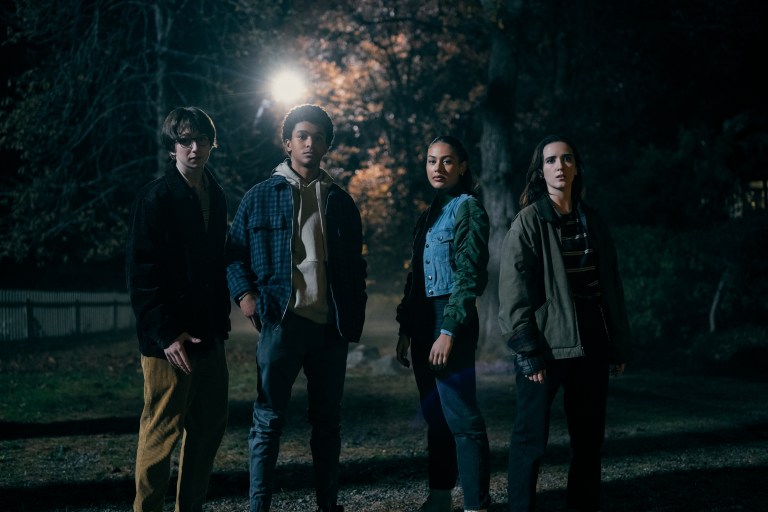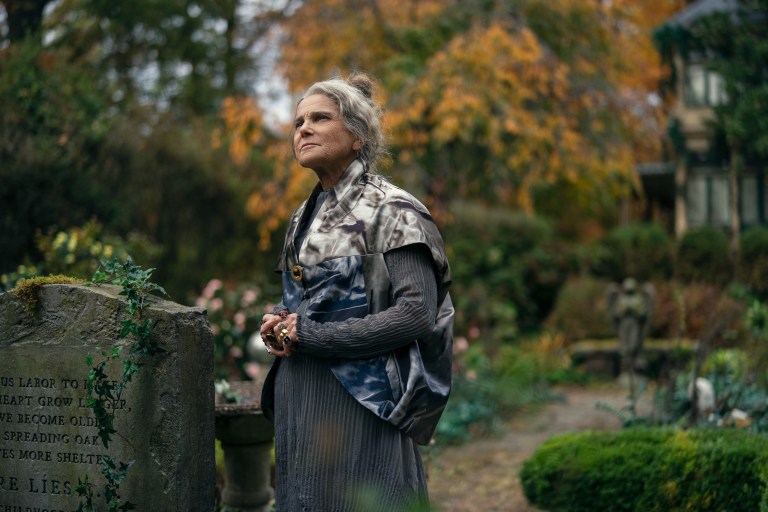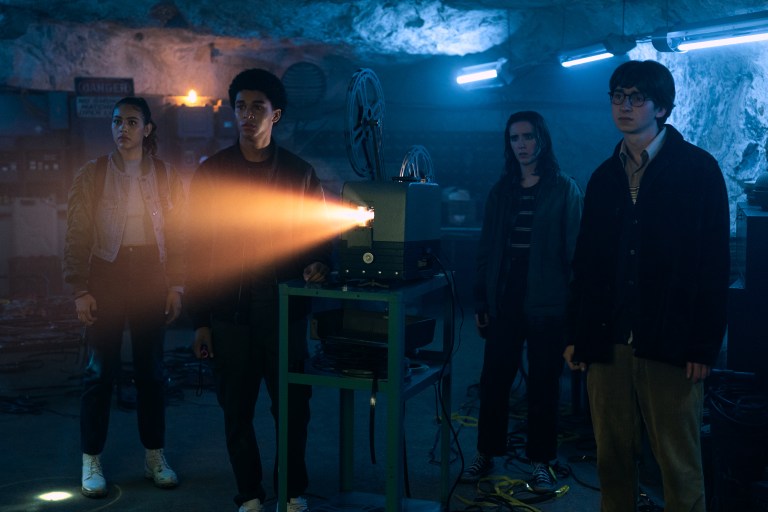Harlan Coben’s ‘Shelter’ and the Timeless Appeal of the Spooky House Down the Street
What is it about the archetype of the spooky house down the street that makes it infinitely fascinating?

The old, dark house. Just about every suburban town seems to have one. It’s the creepy residence down the street that is talked about in whispers. Some people say it’s haunted. Others claim it was the site of a murder long ago. Or maybe something sinister is going on behind its walls right now. It looks abandoned, but someone actually lives there, someone who lurks behind its windows. Children dare each other to approach the front door, but they fear that if they get too close they may never be seen again.
The old, dark house is a common trope utilized in horror and thriller stories for ages. In gothic literature and film it is the castle at the top of the hill where monsters dwell. As stories became more modern, the shadowy castle became a Victorian-style mansion on the edge of town. Time went by and the mansion moved closer, just down the street or around the block. Then the mansion became a house like any other, but also not just like any other. The modern version of the old, dark house might look unassuming to most people, but those who know about it know that it is still the place where monsters dwell.
Shelter, the new Prime Video series based on the young adult mystery novel of the same name by Harlan Coben, uses the archetype of the spooky house down the street as a central part of the show’s mystery. For Mickey Bolitar, the creepy house he passes on his way to and from his new high school instantly draws him in. As viewers, we recognize the importance of the house from the first time we see it. But what is it about its shadowy, aging, and overgrown walls that make it such an effective storytelling device? Why does this trope of the old, dark house have such a timeless appeal?
Table of Contents
The House Itself is a Character

At the very beginning of the first episode of Shelter, we are shown the house. It is the first image we see, even before we lay eyes on series protagonist Mickey Bolitar. This not only foreshadows the significance of the house within the series, but it also introduces us to one of the show’s main characters: the house itself.
Common throughout all of its uses in fiction, the spooky house down the street is spoken of by locals not as an inert structure of brick, wood, and glass, but as a place that is alive. It creaks and groans even if there is no wind, as if whispering to passersby. Its upstairs windows are eyes, and the mysterious flutter of a curtain assures us that it is always watching. The front door is a mouth, waiting to gobble up anyone brave or foolish enough to step over its threshold.
In some stories the house is literally alive, but most of the time it is merely spoken of in terms of life due to the fear and reverence the characters have for it. It is a subtle way of giving personality to a non-living entity. Just like archetypes such as the nerd, the jock, or the loner, the house has its own unique personality traits. The creepy house isn’t just a setting where action takes place, it is a character that provides its own set of obstacles that the other characters have to interact with and overcome. In Shelter, Mickey is drawn to the old, dark house in his neighborhood right away, and watching these two characters come together is a vital part of the series.
The House is the Basis of Urban Legends

Whenever a story containing an old, dark house begins, the truth of the house is a mystery. Solving that mystery is part of the fun, but another part of the fun is listening to the stories people make up about the house. In Shelter, Mickey meets Arthur Spindell, better known by his nickname Spoon, on his first day at Kasselton High. Spoon is Mickey’s first source of information about the house and the local legend of its inhabitant, the “Bat Lady.” The rumor is that the Bat Lady is a boogeyman who steals and eats children. Spoon claims to not believe in the Bat Lady, but it’s clear that the stories are inspired by a fear that permeates the town. After all, there’s always a nugget of truth within every legend, right?
These kinds of urban legends are nearly always present in stories containing a creepy old house. Whether it’s a haunting, a monster, or some decades-old conspiracy, the people of the town will always make up scenarios to justify their fear of the unknown. Or maybe something really did happen in the house long ago, but the facts have been told and retold so many times that they twisted into something bizarrely different. Whenever someone new moves into town and they learn of the tall tales associated with the house, their curiosity is piqued, but their doubts allow them to see things from a different perspective. They become the conduit for the audience to experience the spooky story from a fresh perspective, and to learn the truth behind the local legend. In Shelter, Mickey is our conduit for the truth.
The Neighbors are Often Misunderstood

As the mystery of the spooky house down the street starts to unravel, the story of the people living there is also made clear. This usually means that we find out the urban legends made up about the neighbors living in the house aren’t terribly accurate. Sometimes we learn that the creepy tales were completely unfair, and the neighbors are good people who just prefer to keep to themselves. Other times we discover the made-up stories didn’t even begin to describe the horribleness of who the neighbor really is. Not knowing whether a friend or foe lurks behind the walls of the old, dark house is one of the biggest reasons why the trope remains such an effective part of telling a story.
In a mystery series like Shelter, the potential for multiple layers of truth is great. Is the Bat Lady someone who is nice once you get to know her, or is she someone Mickey needs to stay far away from? Will she help give Mikey closure to the personal tragedies he’s endured, or will she add to his suffering? Perhaps all of these things will turn out to be true, but Mickey will never know unless he makes an effort to find out.
The House is Only the Start of a Deeper Mystery

The main reason why the spooky house down the street has such a timeless appeal in fiction is because we, as viewers, know that its mysterious presence is just one part of a larger mystery. The characterization of the house produces conflict with the main characters, the urban legends associated with the house generate interest, and the people living inside add context, but we know all of these things the moment we see the house for the first time. The details will of course be different from story to story, but the function of the old, dark house is nearly always the same: it is the beginning of the tale’s main mystery.
There is a very good reason why the Bat Lady’s house is the first thing we see in Shelter. The presence of a spooky house posits numerous questions, and only by entering into the building can we learn any answers. The house represents the promise of eerie adventures and startling revelations. It is a symbol, though what it symbolizes may not be clear until the end. But, as an archetype, our familiarity with the spooky house is used to draw us into the story quickly so that we can begin pondering the characters and mysteries that surround it right away.
The spooky house down the street also makes the story relatable. Even if you’ve never lived in the suburbs like Mickey and his friends in Shelter, it’s very likely you grew up with creepy stories about places near where you lived. Maybe it was the home of a dangerous recluse in the bad part of town, or an abandoned building just outside the city. It’s all the same idea. The old, dark house of Shelter and other stories like it are meant to evoke that same unnerving feeling in the viewer.
To learn what Mickey Bolitar, the Bat Lady, and the house all have in common, you’ll have to watch Shelter, now streaming on Prime Video.
